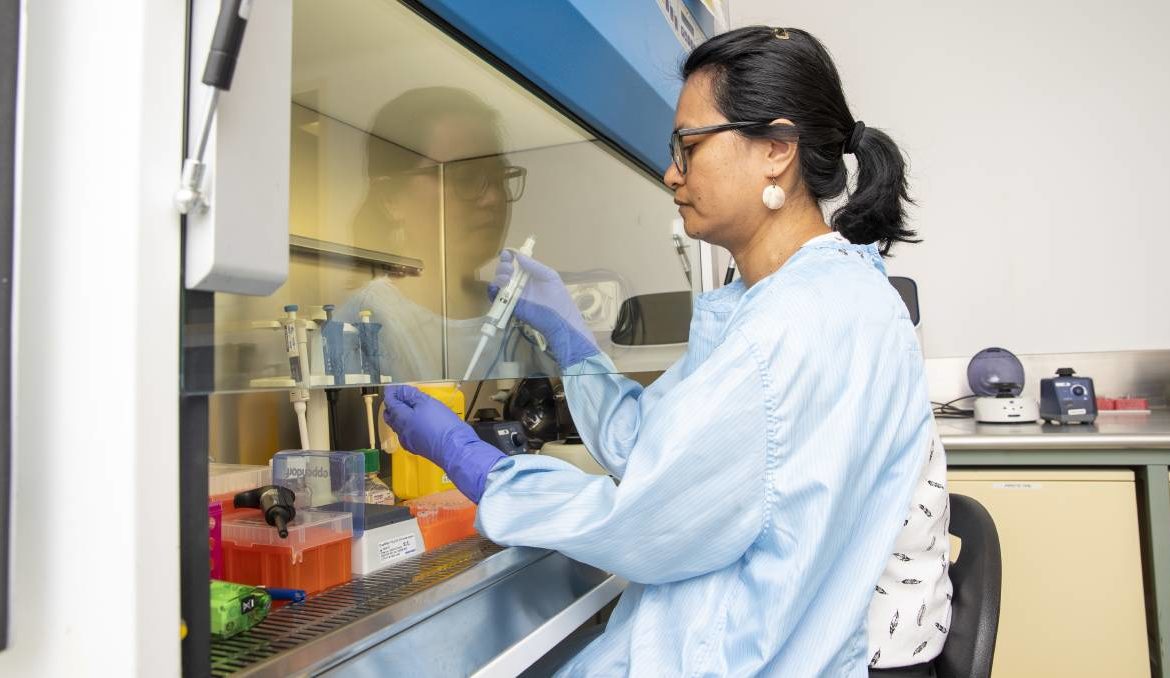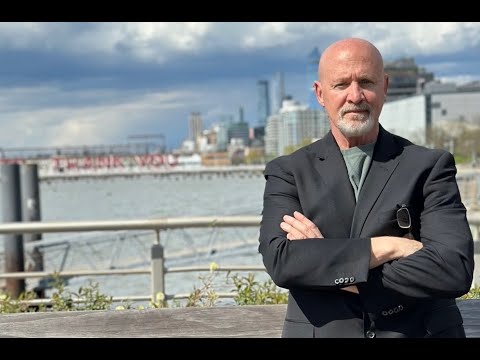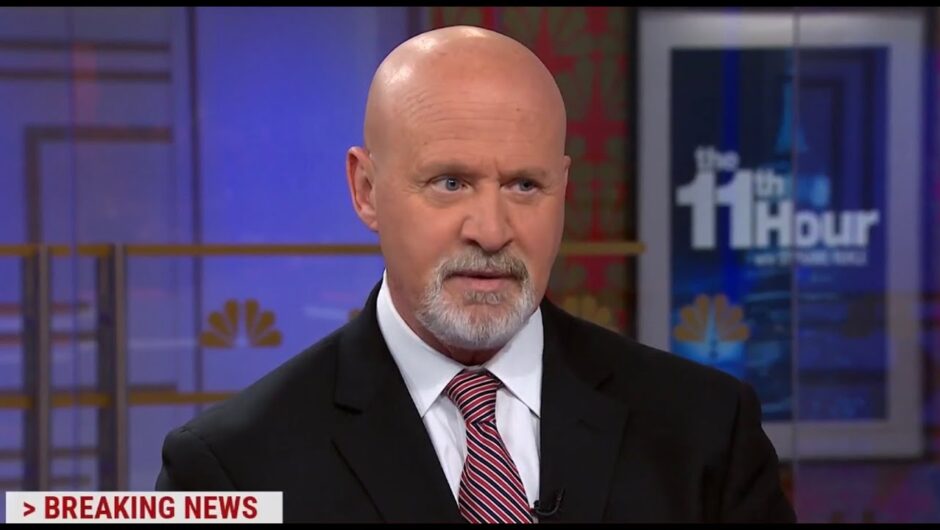coronavirus, coronavirus, vaccine, astrazeneca, pfizer, TGA
From next Monday, jabs of the AstraZeneca vaccine should be going into Australian arms. Three-hundred thousand doses of the vaccine developed by the British-Swedish pharmaceutical company and Oxford University were flown into Sydney on Sunday. They are being kept under tight security at a depot in western Sydney. Scientists from the Therapeutic Goods Administration will test batches for quality (the vaccine formula itself has already been approved as safe and effective in stopping people getting ill from COVID-19 (though not from catching it without symptoms or of transmitting it to others). Once the quality control has been done over the next week: “roll up your sleeves”. Australia has secured just under 54 million doses of the AstraZeneca vaccine, 3.8 million from manufacturers abroad and the rest from a plant in Melbourne. Those 54 million doses will be enough to vaccinate the whole population with two doses administered 12 weeks apart. Some Australians have already been inoculated with the Pfizer vaccine developed by the German BioNtech company. Ten million doses will be available, all manufactured outside Australia. The Pfizer and the AstraZeneca vaccines are made in different ways and have different techniques for stopping people getting ill from COVID-19. The results so far show that the Pfizer vaccine protects 94.5 per cent of innoculated people from illness. On average, the AstraZeneca shot protects 70 per cent of people – “still pretty good and on par with the protection given by a flu vaccine in a good year”, according to academics in Sydney and Melbourne, Dr Kylie Quinn, Dr Holly Seale, Dr Shane Huntington and Margie Danchin “In any scenario, the AstraZeneca vaccine will still protect the majority of people that receive the vaccine from disease,” they wrote. The two vaccines have some important differences. The Pfizer vaccine needs to be stored at ultra-low temperatures (around minus 70 degrees and so needs special storage). The AstraZeneca vaccine can be stored in a fridge and can be kept in GPs’ surgeries – and so it’s more widely available in remote areas. The Pfizer vaccine costs $20 a dose. The AZ one costs $4 a dose. Both need two shots, three weeks apart for Pfizer, one to three months apart for the AZ vaccine. The government took the view that it wasn’t good to put all its eggs in one basket. It decided to back a few horses (to change the metaphor) because it wasn’t certain which research effort would end up producing a vaccine which was safe, effective and available in very large quantities. The European Union appears to have got itself into difficulty by delaying the ordering of vaccines while other countries secured supplies. In a measure of the chaos elsewhere, the EU now finds itself with too much of the AstraZeneca vaccine. A newspaper in Germany falsely reported that the AstraZeneca vaccine was largely ineffective for older people. This led to scepticism and a reluctance to have the jab. The truth was that there wasn’t enough data on AstraZeneca’s effectiveness among older people. As time moved on, more information came in. “By Friday, January 29 the European Medicines Agency had given the vaccine conditional authorisation for use in all ages and on February 10, the World Health Organisation recommended the vaccine for all adults,” the British Medical Journal reported. On the results so far, the Pfizer vaccine is slightly more effective – it protects a higher proportion of those vaccinated. But the results have been slower to come in on the AstraZeneca product. Mistakes were made in the testing whereby some people were not given the full dose – but these “under-vaccinated” people actually turned out to be better protected. The glitch meant more testing had to be done so more results are awaited. The Sydney and Melbourne academics say: “From a logistical perspective, the AstraZeneca vaccine has a major advantage. The ability to distribute vaccines can be almost as important as the vaccine’s effectiveness. “The effect of these advantages on the impact of this vaccine shouldn’t be underestimated. We have lots of people to vaccinate, a low disease burden currently, are far away from the rest of the world in terms of shipping, and Australia is a pretty big country, so distribution to rural and remote communities is a massive hurdle.” The US has just approved a vaccine developed by Johnson & Johnson. Australia hasn’t ordered it but there is no reason why it shouldn’t. “There’s no reason why we can’t use it,” infectious diseases doctor, Professor Sanjaya Senanayake, of the Australian National University said. It has the advantage over the Pfizer and AstaZeneca products that it only needs a single dose. “The best approach for protecting everyone’s health amid the pandemic is to provide different vaccines to different people according to need and availability, at least in the short term. The best vaccine is always the one you can get to the communities that need it before they urgently need it,” the Sydney and Melbourne academics recommend. “Because Australia is essentially COVID-free at present, it means we’re in a unique situation that permits a ‘combination’ vaccine strategy. “The Pfizer vaccine is perfect for preventing the most extreme outcomes for people at very high risk of infection or disease: people on the frontlines of the fight against COVID and older people or people with high-risk health conditions. “The AstraZeneca vaccine has the ability to protect a large number of people against disease quickly, because we can make it easily and distribute it quickly.” As vaccination takes place, we will learn how well vaccines prevent transmission of the disease. Indications are that it will and that would be a game-changer. Our journalists work hard to provide local, up-to-date news to the community. This is how you can continue to access our trusted content:
/images/transform/v1/crop/frm/8WgcxeQ6swJGymJT6BMGEL/5d0fb41b-68f8-4b86-ac47-6e02f3127921.jpg/r2_450_5469_3539_w1200_h678_fmax.jpg
From next Monday, jabs of the AstraZeneca vaccine should be going into Australian arms.
Three-hundred thousand doses of the vaccine developed by the British-Swedish pharmaceutical company and Oxford University were flown into Sydney on Sunday.
They are being kept under tight security at a depot in western Sydney.
Scientists from the Therapeutic Goods Administration will test batches for quality (the vaccine formula itself has already been approved as safe and effective in stopping people getting ill from COVID-19 (though not from catching it without symptoms or of transmitting it to others).
Once the quality control has been done over the next week: “roll up your sleeves”.
Australia has secured just under 54 million doses of the AstraZeneca vaccine, 3.8 million from manufacturers abroad and the rest from a plant in Melbourne.
Those 54 million doses will be enough to vaccinate the whole population with two doses administered 12 weeks apart.
Some Australians have already been inoculated with the Pfizer vaccine developed by the German BioNtech company.
Ten million doses will be available, all manufactured outside Australia.
The Pfizer and the AstraZeneca vaccines are made in different ways and have different techniques for stopping people getting ill from COVID-19.
The results so far show that the Pfizer vaccine protects 94.5 per cent of innoculated people from illness.
On average, the AstraZeneca shot protects 70 per cent of people – “still pretty good and on par with the protection given by a flu vaccine in a good year”, according to academics in Sydney and Melbourne, Dr Kylie Quinn, Dr Holly Seale, Dr Shane Huntington and Margie Danchin
“In any scenario, the AstraZeneca vaccine will still protect the majority of people that receive the vaccine from disease,” they wrote.
The two vaccines have some important differences. The Pfizer vaccine needs to be stored at ultra-low temperatures (around minus 70 degrees and so needs special storage). The AstraZeneca vaccine can be stored in a fridge and can be kept in GPs’ surgeries – and so it’s more widely available in remote areas.
The Pfizer vaccine costs $20 a dose. The AZ one costs $4 a dose. Both need two shots, three weeks apart for Pfizer, one to three months apart for the AZ vaccine.
Why more than one vaccine?
The government took the view that it wasn’t good to put all its eggs in one basket. It decided to back a few horses (to change the metaphor) because it wasn’t certain which research effort would end up producing a vaccine which was safe, effective and available in very large quantities.
The European Union appears to have got itself into difficulty by delaying the ordering of vaccines while other countries secured supplies.
In a measure of the chaos elsewhere, the EU now finds itself with too much of the AstraZeneca vaccine. A newspaper in Germany falsely reported that the AstraZeneca vaccine was largely ineffective for older people. This led to scepticism and a reluctance to have the jab.
The truth was that there wasn’t enough data on AstraZeneca’s effectiveness among older people. As time moved on, more information came in.
“By Friday, January 29 the European Medicines Agency had given the vaccine conditional authorisation for use in all ages and on February 10, the World Health Organisation recommended the vaccine for all adults,” the British Medical Journal reported.
On the results so far, the Pfizer vaccine is slightly more effective – it protects a higher proportion of those vaccinated.
But the results have been slower to come in on the AstraZeneca product. Mistakes were made in the testing whereby some people were not given the full dose – but these “under-vaccinated” people actually turned out to be better protected. The glitch meant more testing had to be done so more results are awaited.
The Sydney and Melbourne academics say: “From a logistical perspective, the AstraZeneca vaccine has a major advantage. The ability to distribute vaccines can be almost as important as the vaccine’s effectiveness.
“The effect of these advantages on the impact of this vaccine shouldn’t be underestimated. We have lots of people to vaccinate, a low disease burden currently, are far away from the rest of the world in terms of shipping, and Australia is a pretty big country, so distribution to rural and remote communities is a massive hurdle.”
What about Johnson & Johnson?
The US has just approved a vaccine developed by Johnson & Johnson. Australia hasn’t ordered it but there is no reason why it shouldn’t.
“There’s no reason why we can’t use it,” infectious diseases doctor, Professor Sanjaya Senanayake, of the Australian National University said.
It has the advantage over the Pfizer and AstaZeneca products that it only needs a single dose.
So which one should we take?
“The best approach for protecting everyone’s health amid the pandemic is to provide different vaccines to different people according to need and availability, at least in the short term. The best vaccine is always the one you can get to the communities that need it before they urgently need it,” the Sydney and Melbourne academics recommend.
“Because Australia is essentially COVID-free at present, it means we’re in a unique situation that permits a ‘combination’ vaccine strategy.
“The Pfizer vaccine is perfect for preventing the most extreme outcomes for people at very high risk of infection or disease: people on the frontlines of the fight against COVID and older people or people with high-risk health conditions.
“The AstraZeneca vaccine has the ability to protect a large number of people against disease quickly, because we can make it easily and distribute it quickly.”
As vaccination takes place, we will learn how well vaccines prevent transmission of the disease. Indications are that it will and that would be a game-changer.
Our journalists work hard to provide local, up-to-date news to the community. This is how you can continue to access our trusted content:







